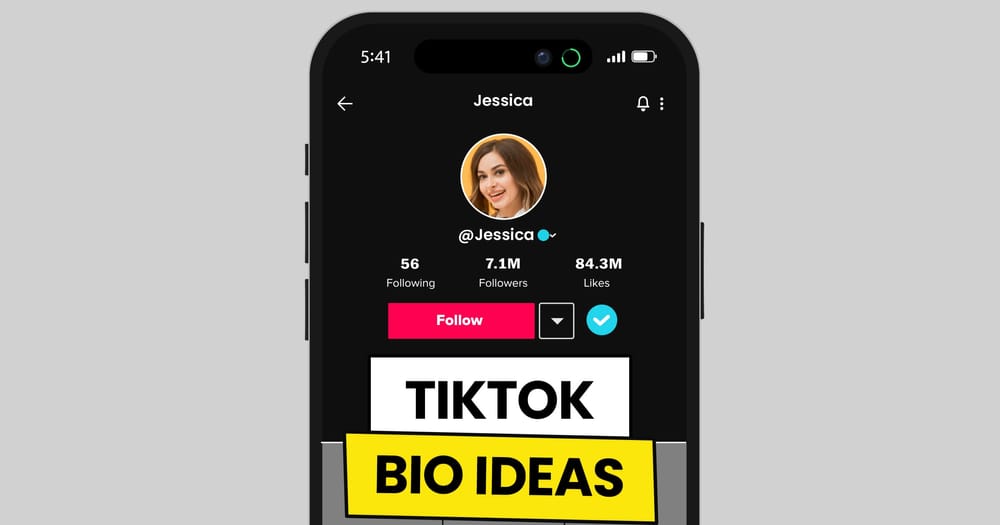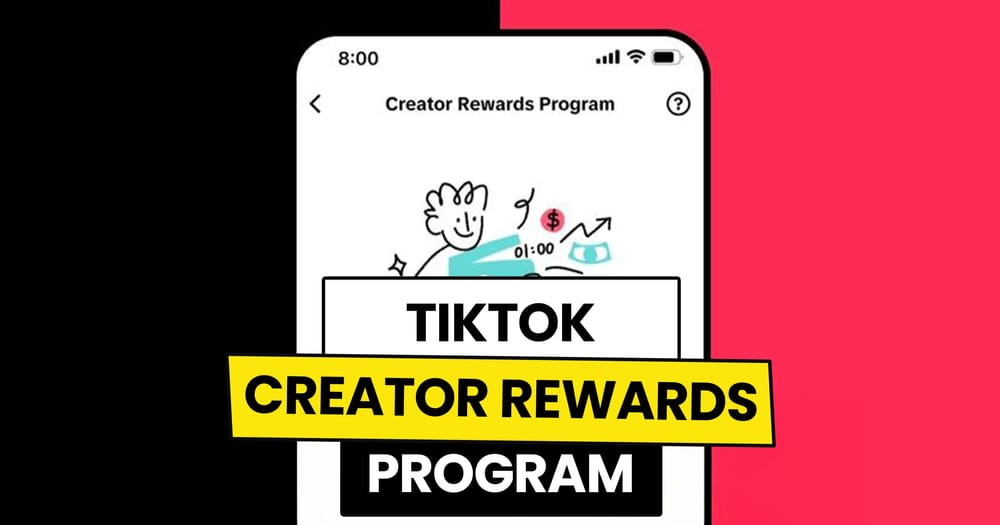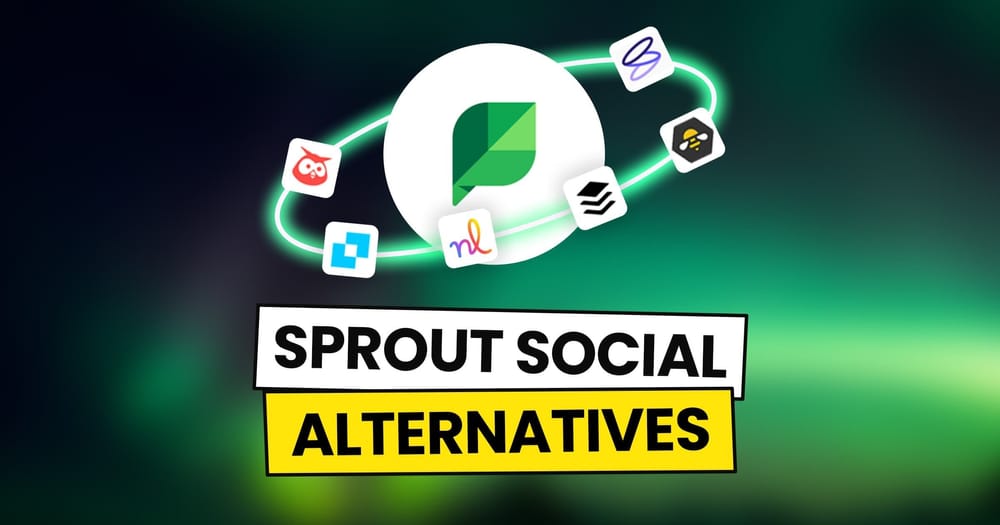Algorithms are like behind-the-scenes directors, organizing how information moves on social media platforms. They're basically complex math rules that decide how data behaves.
understanding these algorithms isn't easy. There's no rulebook. But we've learned enough through the years to navigate social media effectively. One thing we have learned is no matter how good your content is, if you don’t please the algorithm gods it’s all for nothing.
But not all hope is lost, you can find great success on social media, I mean Mr Beast doesn’t spend around $10,000 per thumbnail for nothing. And to do that, understanding and working with algorithms is key. And that is exactly what we will be doing today!
What’s a Social Media Algorithm?

Social media algorithms are like the invisible gatekeepers of our online experiences. They're complex sets of rules that determine what content we see on platforms like Facebook, Instagram, and Twitter.
These algorithms analyze our behavior, preferences, and interactions to curate our feeds, showing us posts, videos, and ads that are most likely to get our attention. They filter through the vast ocean of content to present us with what they believe we'll find most relevant and interesting; this could range from car detailing videos to cat videos.
Algorithms quietly control the flow of information on social media. They have complex rules that decide how data behaves. But algorithms help keep things organized, sifting through tons of data to show you what you're interested in.
Understanding these algorithms isn't easy, though. There's no instruction manual. But we've learned a lot by watching, experimenting, and hearing about the small nuggets of information that social media platforms sometimes give to us about how their algorithms work.
One big change lately is that platforms are focusing more on quality content and real engagement. It's not just about being seen anymore; it's about connecting with your audience in meaningful ways.
How Does Social Media Algorithm Work?
Social media algorithms play a pivotal role in shaping our digital experiences, ensuring that each user's feed is tailored to their preferences and interests.

At the heart of these algorithms lies the concept of relevancy. They analyze our past interactions, from likes and shares to comments and clicks, to gauge what content resonates with us.
The more we engage with a particular type of content, the more likely it is to appear in our feeds. This personalized approach ensures that our social media experience remains engaging and captivating.
Moreover, social platforms prioritize content from our friends, followers, and connections, fostering a sense of community and connection. However, they also act as gatekeepers, filtering out noise and unwanted content.
If we consistently ignore or scroll past posts from certain connections, the algorithm takes note and adjusts our feed accordingly, ensuring that we only see content that aligns with our interests.
How Do Algorithms Differ Across Platforms?

Understanding social media algorithms is crucial for anyone looking to maximize their presence and engagement on various platforms. However, each social media platform employs its own unique algorithm, tailored to enhance user experience and prioritize content based on different factors. So, let’s explore what makes each algorithm unique.
Facebook's algorithm prioritizes meaningful customer engagement, emphasizing local, familial, and friendly posts over business content. Key ranking signals include popularity, content type, relationship, and recency. Despite changes over the years, organic reach on Facebook is declining, making planning and strategy essential for visibility.
TikTok
TikTok's algorithm focuses on personalized recommendations through its addictive “For You” feed. User interaction, video details like captions and hashtags, and device settings influence content ranking. Unlike other platforms, TikTok's recommendations aren't solely based on follower count, offering opportunities for smaller creators to get their content in front of an interested audience.
Twitter's algorithm considers recency, relevance, geographical location, and personal interests. Businesses should focus on posting relevant content within their niche while engaging with relevant accounts to maximize visibility and engagement.
Instagram's algorithm evolved from a chronological to a multifaceted approach considering interest, relationship, following, session time, time posted, and user session time. Embracing new features like Carousels and Reels can boost engagement, while consistent posting and engagement tactics are key.
LinkedIn's algorithm prioritizes connection and engagement, promoting relevant content. Hashtags, video content, comments, and dwell time play crucial roles in visibility. Engaging with relevant individuals, leveraging LinkedIn Groups, and utilizing analytics can enhance reach and engagement.
YouTube
YouTube keeps users engaged for extended periods through its ranking signals, which prioritize factors like watch history, video performance, contextual suggestions, and watch hours. Your past views heavily influence content recommendations, while popular videos receive preference based on likes, views, and click-through rates. Moreover, YouTube actively separates credible from misleading content, educating users to identify misinformation.
Pinterest's algorithm focuses on relevance, quality of pins, domain, and pinner quality. Guided search utilizes past interactions to tailor content suggestions. Brands should align with user values and create visually appealing content to leverage Pinterest effectively.
How to Play the Algorithm to Your Advantage?
Navigating social media algorithms can be daunting, but with the right strategies, you can effectively beat the odds and connect with your target audience.

Social Media SEO
Ensure your content is easily discoverable by including relevant captions, keywords, and trending hashtags. This helps the algorithm match your content with interested viewers, increasing its visibility and reach. For more on this, check out this blog post.
Create an Emotional Connection
Incorporate humor and add personal touches into your videos to create meaningful connections with your audience. Emotionally resonant content is more likely to be shared and favored by algorithms, expanding your reach organically.
Post on Time
Take advantage of peak engagement times on social media platforms by scheduling your posts strategically. Understanding your audience's online habits can help you maximize visibility and engagement. So, make sure you are using a social media management and scheduling tool like Nuelink.
Your Audience Knows Best
Experiment with different types of content to identify what resonates best with your audience. Whether it's short videos or carousels, tailor your content to meet your audience's preferences for maximum impact.
Less is More
Keep your content concise and to the point. While longer content can be engaging, prioritize clarity and brevity to ensure maximum viewer retention.
Customize Your Content
Adapt your content to suit the unique requirements and demographics of each social media platform. Sharing content optimized for each platform ensures that your channels feel relevant to your audience. Nuelink has a post-customization feature that helps with this.
Focus on Engagement
Encourage interaction and engagement with your audience through polls, questions, and interactive content. Engaging with your audience signals to algorithms that your content is valuable and worthy of promotion.
Stray True to Your Brand
Stay true to your brand's voice, values, and goals, and avoid jumping on trends that don't align with your identity. Authenticity fosters trust and loyalty among your audience, driving long-term success.
It's essential to create content that resonates with your audience while remaining adaptable to algorithmic changes. This means staying informed about any updates or adjustments made by social media platforms and being prepared to adjust your strategy accordingly.
By keeping a close eye on algorithm changes and fine-tuning your approach as needed, you can ensure that your content remains visible and engaging to your target audience.






